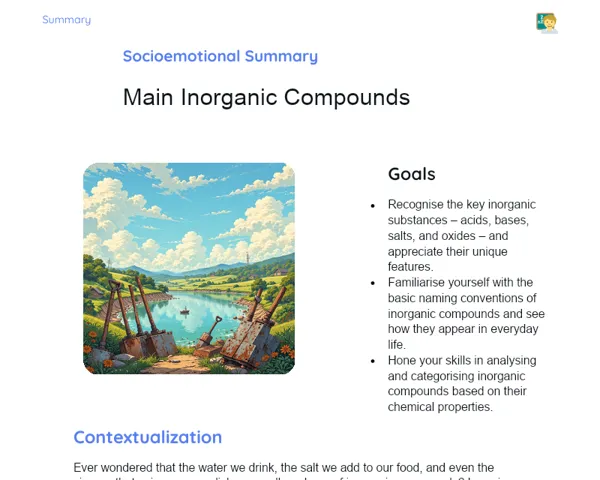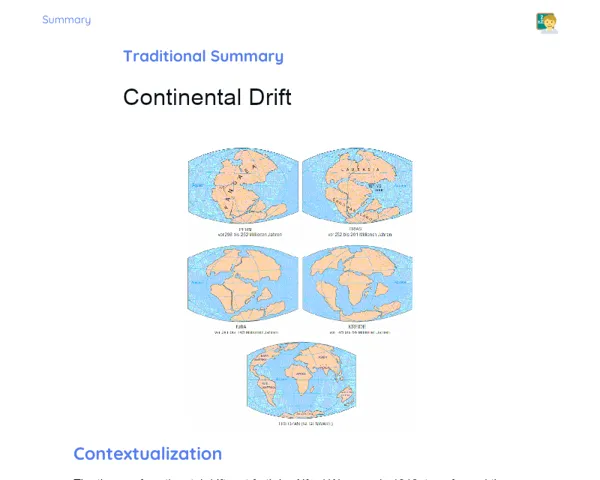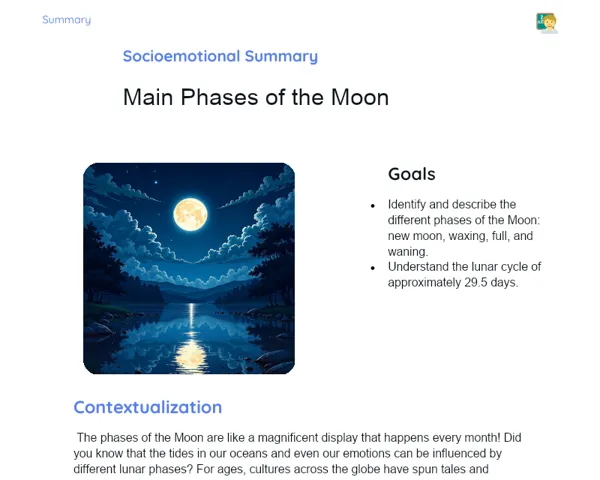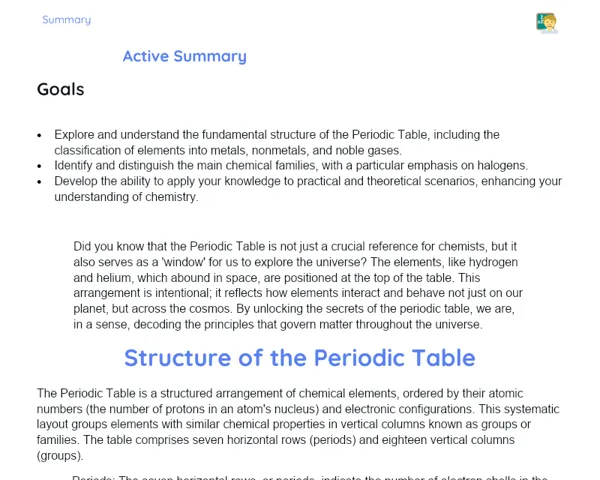Goals
1. To grasp the role of gametes (sperm and eggs) in human reproduction.
2. To understand how inherited traits are passed on from parents to children.
3. To assess the significance of genetic diversity.
4. To explain the connection between meiosis and gamete formation.
Contextualization
Gametes, which include sperm (male) and eggs (female), are crucial for human reproduction and the inheritance of traits. Each person represents a unique blend of their parents' genes, leading to rich genetic variation. Understanding how these cells work and how traits are transferred through generations is essential, not just scientifically but also for fields like biotechnology and modern medicine. For example, assisted reproductive techniques like in vitro fertilisation leverage insights about gametes to assist couples facing challenges in conceiving.
Subject Relevance
To Remember!
Gametes
Gametes are the reproductive cells that hold half of the genetic material required to create a new human being. In humans, male gametes are sperm, while female gametes are eggs. When fertilisation occurs, these cells combine their genetic material, leading to a new life with distinct characteristics.
-
Sperm: Male gametes generated in the testes.
-
Eggs: Female gametes produced in the ovaries.
-
Genetic Material: Each gamete carries 23 chromosomes, which is half of what is required to form a new individual.
Meiosis
Meiosis is the type of cell division that results in the generation of gametes, each possessing half the chromosome number of somatic cells. This process is essential for sexual reproduction and for fostering genetic diversity.
-
Reductional Division: Meiosis involves two rounds of cell division that cut the chromosome number in half.
-
Genetic Variability: Genetic recombination during meiosis enhances genetic diversity.
-
Formation of Gametes: It produces four haploid cells (sperm or eggs) from a single diploid cell.
Transmission of Hereditary Characteristics
Hereditary traits are conveyed from parents to their children through the genes contained in gametes. Each gene contains specific information that influences physical traits, behaviours, and even predispositions to certain illnesses.
-
Genes: The foundational units of heredity carrying genetic information.
-
Chromosomes: Structures housing genes that are evenly shared among gametes.
-
Mendelian Inheritance: Principles set forth by Gregor Mendel explaining how traits are inherited across generations.
Practical Applications
-
In Vitro Fertilisation: An assisted reproduction method supporting couples facing conception challenges.
-
Genetic Testing: A tool for identifying genetic risks for particular diseases.
-
Genetic Improvement: Techniques in biotechnology aimed at developing crops and livestock with desirable traits.
Key Terms
-
Gametes: The male (sperm) and female (eggs) reproductive cells that come together during fertilisation.
-
Meiosis: The cell division process leading to the formation of gametes with half the chromosome count of somatic cells.
-
Mendelian Inheritance: A set of principles elucidating the transmission of traits from parents to progeny through genes.
Questions for Reflections
-
How can knowledge of meiosis and gamete formation drive progress in biotechnology?
-
Why is genetic diversity crucial for the evolution and adaptability of living organisms?
-
What are the ethical and social considerations surrounding assisted reproductive technologies and genetic enhancement?
Creating a Model of Genetic Inheritance
Develop a model that illustrates the transmission of hereditary traits using basic materials.
Instructions
-
Form groups of 4 to 5 students.
-
Utilise paper, coloured markers, and other readily available materials to create a diagram depicting how traits transfer from parents to offspring.
-
Ensure that you include chromosomes and genes, demonstrating how the fusion of gametes produces unique attributes.
-
Present the model to the class, explaining each component of the diagram and how it illustrates the process of genetic transmission.



